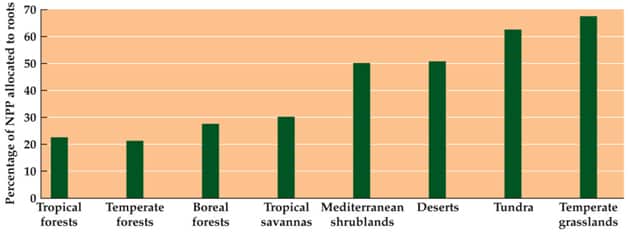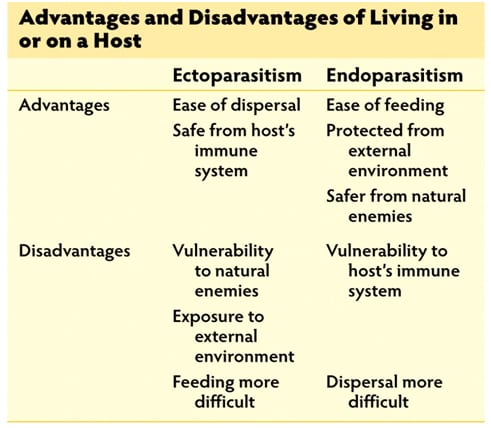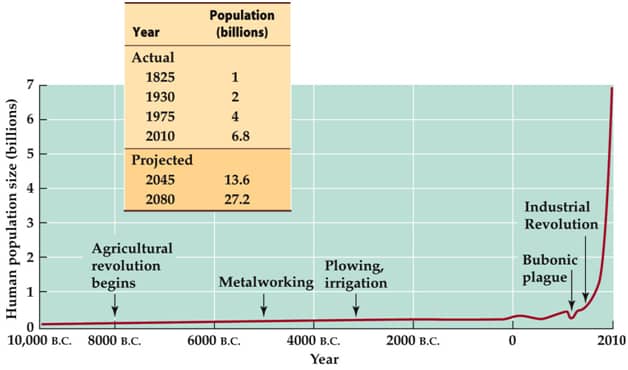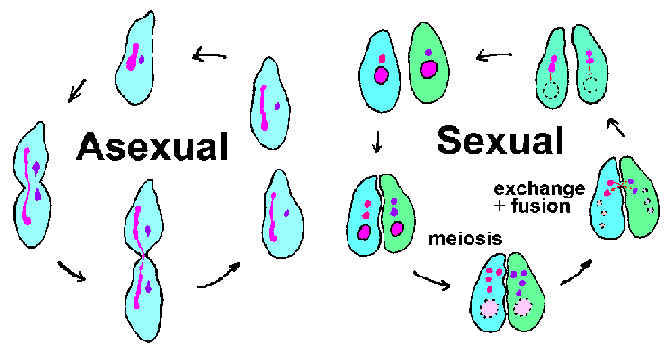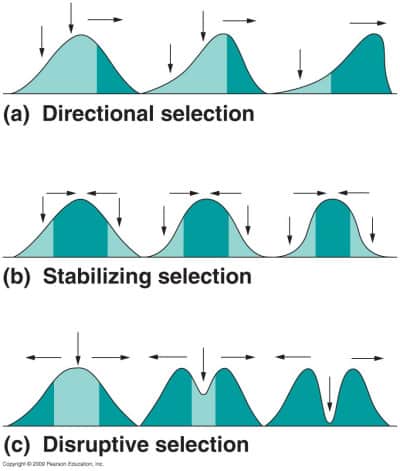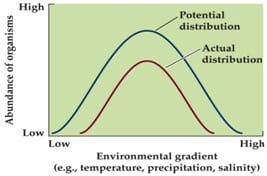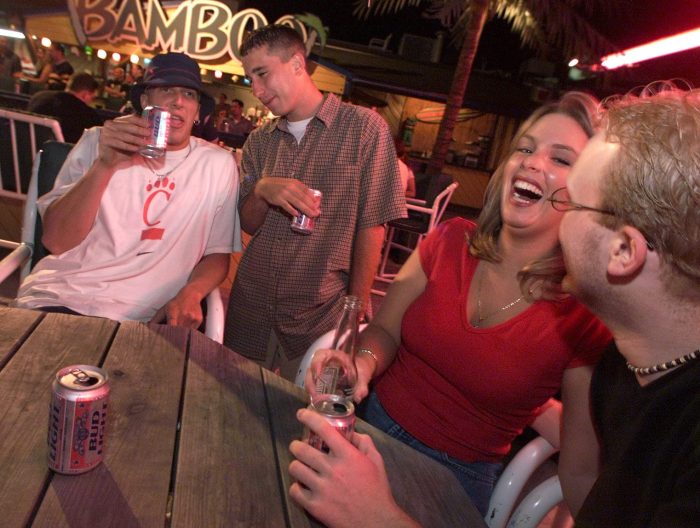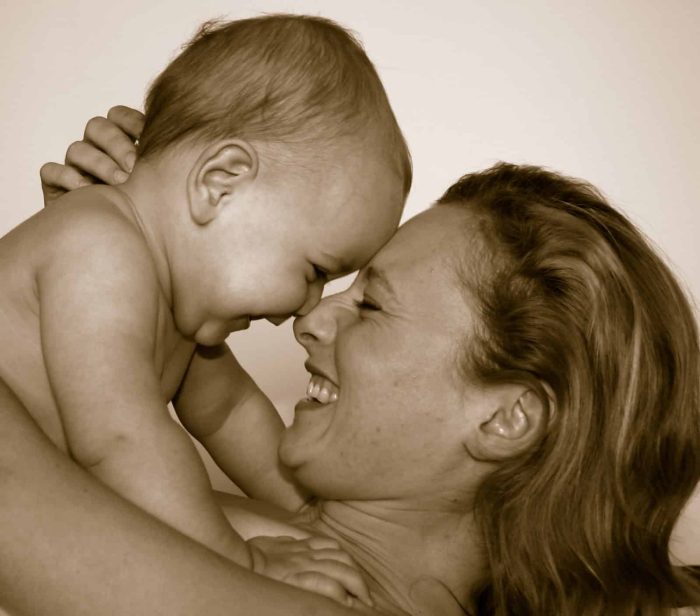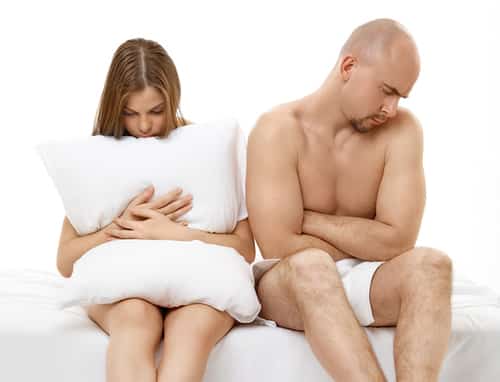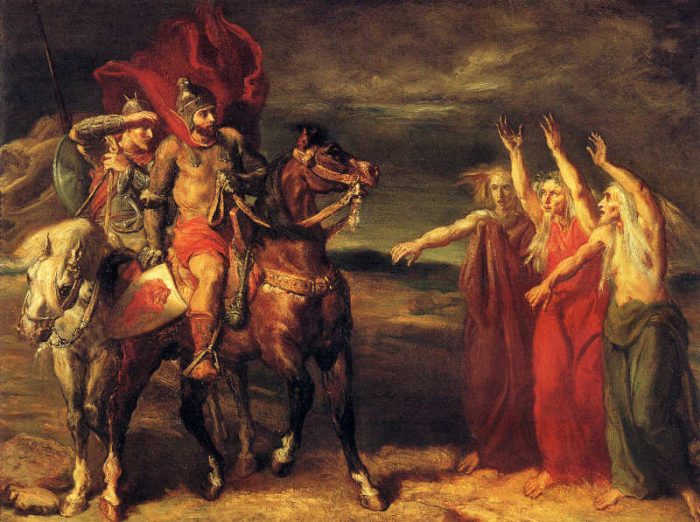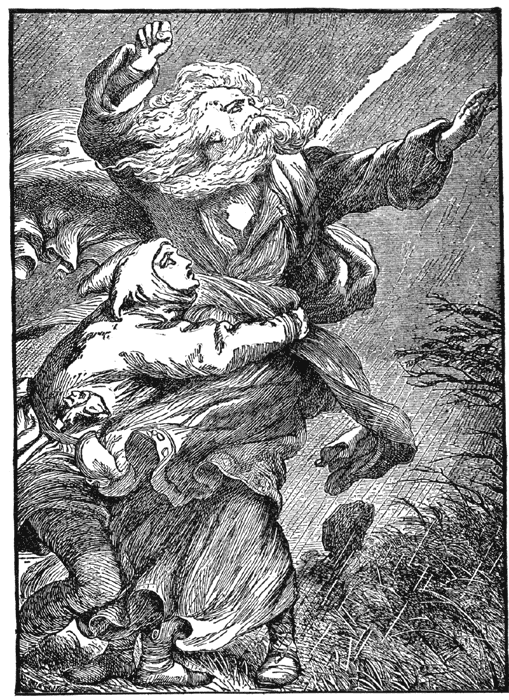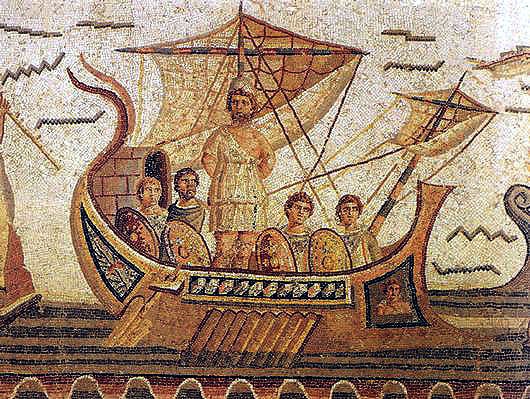William completed his Bachelor of Science and Master of Arts in 2013. He current serves as a lecturer, tutor and freelance writer. In his spare time, he enjoys reading, walking his dog and parasailing.
Article last reviewed: 2022 | St. Rosemary Institution © 2010-2025 | Creative Commons 4.0
As the human population has grown, and our use of resources has increased, we have destroyed the habitat of many species. A biodiversity crisis has developed. The Red List of Threatened Species, compiled by the World Conservation Union, lists 16,913 species as threatened with extinction. Conservation biology—the scientific study of phenomena that affect the maintenance,…
The term ecosystem was first used by Tansley (1935) to refer to all the components of an ecological system, biotic and abiotic, that influence the flow of energy and elements. The ecosystem concept integrates ecology with other disciplines such as geochemistry, hydrology, and atmospheric science. Primary production is the chemical energy generated by autotrophs during…
Historically, honey has been used by humans to treat a variety of ailments through topical application, but only recently have the antiseptic and antibacterial properties of honey been chemically explained. Hydrogen peroxide is formed in a slow-release manner by the enzyme glucose oxidase present in honey. It becomes active only when honey is diluted, requires…
Positive interactions occur when neither species is harmed and the benefits of the interaction are greater than the costs for at least one species. Facilitation is a synonym for positive interactions. Mutualism: Mutually beneficial interaction between individuals of two species (+/+). Commensalism: Individuals of one species benefit, while individuals of the other species do not…
Symbionts: Organisms that live in or on other organisms. More than half of Earth’s species are symbionts. Our own bodies can be a home to many other species. A parasite consumes the tissues or body fluids of the organism on which it lives (the host). Enslaving parasite: control the host in a way to aid…
Population size changes as a result of four processes: Birth, death, immigration, and emigration. Nt = Population size at time t B = Number of births D = Number of deaths I = Number of immigrants E = Number of emigrants Individuals can move from one population to another, and population size can change from…
Human Population Growth: A Case Study Humans have a large impact on the global environment: Our population has grown explosively, along with our use of energy and resources. Human population reached 6.8 billion in 2010, more than double the number of people in 1960. Our use of energy and resources has grown even more rapidly.…
Distribution: Geographic area where individuals of a species occur. Abundance: Number of individuals in a given area. Ecologists try to understand what factors determine the distribution and abundance of species. Populations are dynamic—distribution and abundance can change over time and space. ***Understanding the factors that influence these dynamics helps us manage populations for harvest or…
An organism’s life history is a record of events relating to its growth, development, reproduction, and survival. Life history characteristics include: Age and size at sexual maturity. Amount and timing of reproduction. Survival and mortality rates. Life History Diversity Individuals within a species show variation in life-history traits due to genetic variation or environmental conditions.…
Humans have a large impact on the environment—pollution, land use change, climate change, etc. We are just beginning to realize that we also cause evolutionary change, and the consequences of this. Ecology and evolution are strongly interconnected. What Is Evolution? Evolution can be viewed as genetic change over time or as a process of descent…
The physical environment influences an organism’s ecological success in two ways: Availability of energy and resources—impacts growth and reproduction. Extreme conditions can exceed tolerance limits and impact survival. Energy supply can influence an organism’s ability to tolerate environmental extremes. The actual geographic distribution of a species is often lower than potential distribution due to other…
SEX AND SINGLE PERSON Sexual Development. Individuals continue to develop sexual identity and orientation. Some individuals continue to struggle with their homosexuality or bisexuality. People learn their sexual likes/ dislikes through experience. Some people seek out more sex with more new partners. Two issues about achieving sexual maturity: 1) Become responsible about sex (i.e contraception,…
Adult reporting on childhood sexual experiences often forget; error prone. Interviewing a child about sexual experiences if met with great opposition; computer interviews are used. INFANCY (0-2 YRS) A boy has been shown to have reflex boners during the prenatal period and girls have vaginal lubrication after birth. First intimate relationship child has is with…
Sexual dysfunction: problem with sexual response that causes significant psychological distress or interpersonal difficulty. Four types of Sexual Disorders: 1) Desire Disorder: hypoactive sexual desire, sexual aversion 2) Arousal Disorders: erectile disorder female sexual arousal disorder 3) Orgasmic Disorders: rapid ejaculation, male orgasmic disorder, female orgasmic disorder. 4) Sexual pain Disorders: dyspareunia, vaginismus **sexual disorders…
Introduction Macbeth can be considered a Shakespearean tragedy because this play by William Shakespeare meets several of the most important criteria of such a tragedy. The plot moves from good to bad, as the tragic hero demonstrates hamartia, or character weaknesses that lead somewhat to his own downfall, and poetic language, prose and verse are…
Reason in madness, madness in reason; this double paradox is used throughout Shakespeare’s play, King Lear, and demonstrates the downfall of both the King and a family of greatness. Lear’s family and kingdom demonstrate a parallel as they are torn apart and conflicts arise immediately. When a person unfit to lead is given power, chaos…
There were many factors that influenced the Protestant Reformation in England, such as the political climate of Roman Catholic Church corruption and the increasing discontent among both nobles and laymen. But the most important factor was King Henry VIII’s pervasive self-serving attitude which profoundly impacted, and ultimately caused the Reformation of England. Anne Boleyn’s influence…
The Count of Monte Cristo is a novel in which Alexandre Dumas tells the story of Edmond Dantes, how he was wronged, and his eventual plans for revenge. Although there are many characters in the novel, the main characters which Dumas presents are all preoccupied with their own personal pressing issue. When one is entirely…
The Roman Empire has been classified as perhaps the greatest empire of the ancient world. Some have even gone so far as to claim it is the greatest empire in the history of mankind. The Romans were unbelievably patriotic, and proud of their vast empire. This inevitably led them to compare themselves to those that…
In the year 1719, the English public debt was an overwhelming problem that hindered the Parliament as well as the Crown’s ability to effectively manage England’s finances. The manner in which government taxes were collected was inefficient and they often attempted to collect taxes several years in advance in an attempt to gain control over…


